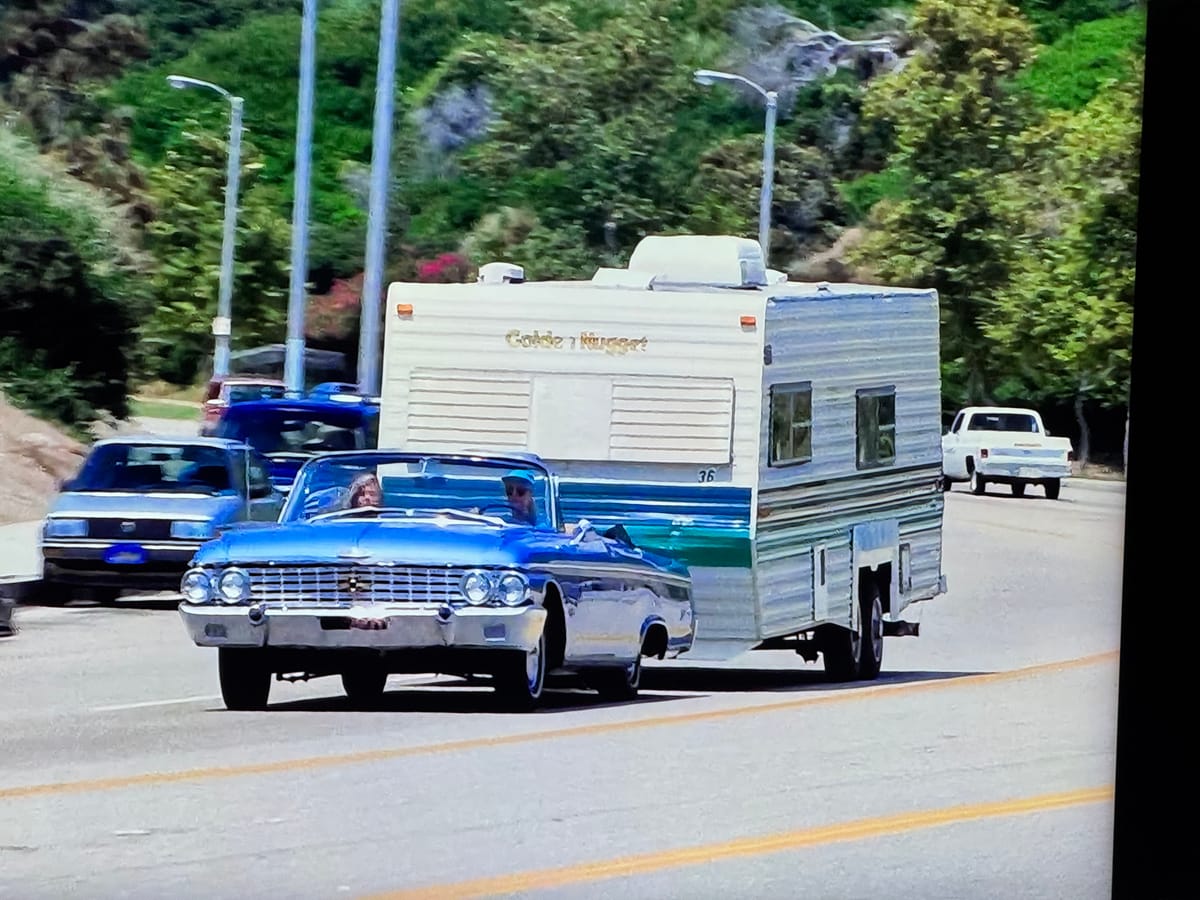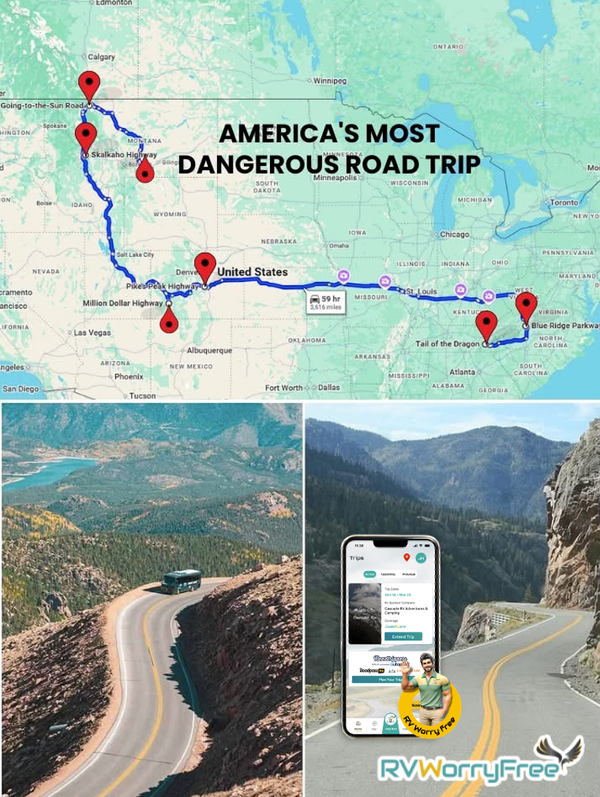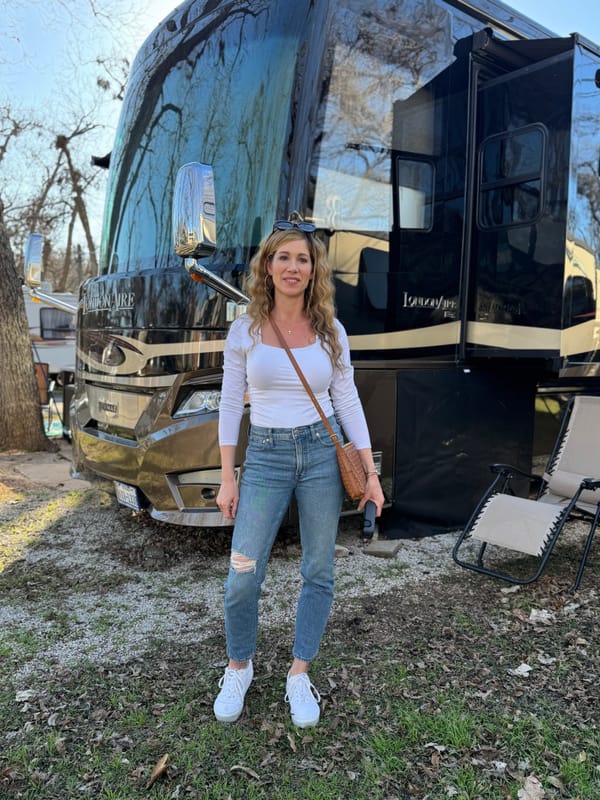RV Safe Routes: Why Planning Your Trip is the Key to Worry-Free Travel

RV Safe Routes: Why Planning Your Trip is the Key to Worry-Free Travel
By Jim & Susie – The Worry-Free Way Contributors
There’s nothing quite like hitting the open road with your RV and a head full of adventure. Whether it’s your first big trip or your fiftieth, one thing always holds true: planning your route ahead of time isn’t just helpful—it’s essential for a safe, smooth, and stress-free journey.
Not All Roads Are RV-Friendly
If you’ve ever found yourself staring down a narrow mountain pass or white-knuckling it under a low-clearance bridge, you know what I’m talking about. RVs aren’t just oversized cars—they have height, length, weight, and turning limitations that make some routes risky or downright impassable.
That’s where route planning comes in. Using RV-specific navigation tools and apps designed to flag low bridges, steep grades, weight restrictions, and tricky turns can help you avoid dangerous detours. A few extra minutes planning your path beats hours of backtracking or calling for help.
Save Time, Fuel, and Frustration
Good route planning doesn’t just keep you safe—it also saves you money and time. When you map your route based on fuel stops, campgrounds, rest areas, and grocery spots, you avoid last-minute scrambles and costly delays. You can also time your driving hours around traffic-prone areas or construction zones.
I like to build a flexible schedule, giving myself buffer days for exploring or adjusting if weather changes. Planning doesn’t mean locking yourself into a rigid timeline—it means giving yourself options.
Use the Right Tools
There are a ton of great RV-specific trip planners out there, and I always recommend using more than just Google Maps. Apps like RV WorryFree with Roadtrippers, allow you to customize your route based on your RV’s dimensions and preferences.
Some even let you layer in attractions, scenic byways, gas stations, and RV-friendly overnight stops. Having all that info in one place means less phone juggling and more time soaking in the view.
And here’s a pro tip: download your route maps offline before you lose signal in the middle of nowhere.
Build a Backup Plan (Because Stuff Happens)
No matter how solid your plan is, life on the road can throw a curveball or two. Storms roll in, campgrounds fill up, and mechanical issues happen. That’s why I always scout backup camping options near my key destinations and keep contact info for roadside assistance handy.
Over the years, having a go-to plan for on-the-road support has saved more than one trip. Knowing who to call before a breakdown or blowout takes a lot of the stress out of those “uh-oh” moments.
Final Thought: A Little Planning = A Lot More Fun
Here’s the truth: the best RV adventures still need structure. A well-planned route frees you up to actually enjoy the drive, explore new places, and make the most of your time on the road. No frantic searching for propane, no squeezing through sketchy backroads, and no wondering where you’ll sleep tonight.
So before you roll out this season, take a little extra time to plan your route with your RV in mind. It’s the Worry-Free Way to travel—and trust me, your future self (and your passengers) will thank you.
Cheers to the adventure that awaits,
Jim & Susie





